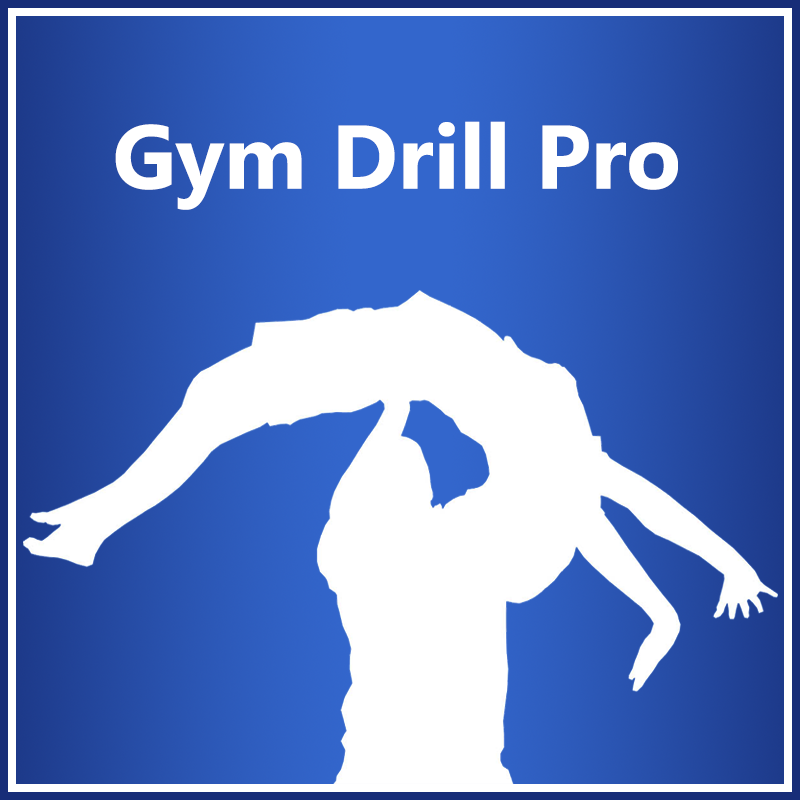

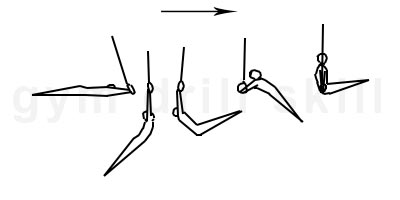
The front uprise L-sit is another EG3 skill. It is relatively easy because the move finishes in an L-sit. It starts from a front swing with a reverse hecht move. After the hanging position, the gymnast should open their hips and kick them upward in the final move of the reverse hecht. Their arms should push down strongly on the rings. This helps to reverse the swing and to raise the athlete onto the rings in a low rear support position. When the body reaches the horizontal, the arms should perform a half circle downward, the hips raise over the rings and the move finishes in an L-sit. The gymnast should emphasize on the strong hips kick upward in the front swing. At that moment the body should be arched. Also, the gymnast should keep in mind that after reaching horizontal, the arm circle from the arms should start. Both moves should be divided, first is the kick from the hips, then goes the arms circle.
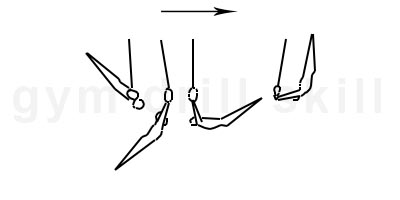
At the highest point in the back swing, the shoulders should be extended with the rings going slightly sideways. The body should be in an arched position. From the top of the swing, continuous shoulder extension toward the bottom of the swing must be maintained. This helps the gymnast maintain the arched body position until the bottom of the swing. At the bottom, the gymnast should kick the legs forward and upward to make their entire body turn over as fast as possible. The gymnast should attempt to kick from their upper chest at the bottom. Shoulder should remain extended and stay down until the entire body turns over completely. The rings should be pushed backward when the gymnast’s feet are pointed towards the ceiling. The rings should turn parallel (wrists facing one another). The rings should not go sideways during this portion of the swing. The final position is a higher point of the front swing, where the body should be in a slight hollow position with arms tight and parallel. The head should be neutral with the gymnast maintaining backward pressure on the rings. From the highest point of the front swing starts the backswing. The body should swing down in a hollow position without losing pressure on the rings. At the bottom, the gymnast should initiate a strong kick off their heels. During the turnover phase, the head should stay down to facilitate a stronger heel lift. Shoulders should remain low. When their heels have risen and their toes are directed upward toward the ceiling, the rings can be slightly open, the head will be slightly elevated as well. The final position of the backswing is arched. VERY IMPORTANT: In the backswing, do not pull down on the rings. The leading motion of the move is the kick back with the heels.
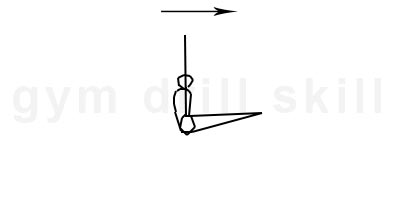
The L-sit is classified as a difficulty “A” skil in the Code of Points. It also exists in the level 5 USAG routine as a bonus skill. Also, some of the elements in group 3 finish in L-sit, such as front uprise L-sit, kip L-sit, and homna L-sit. From support, the gymnast raises their legs tightly up to horizontal. The rings are turned out. The tight arms should not touch the cables. The hips are between the rings. A hold of 2 seconds is required
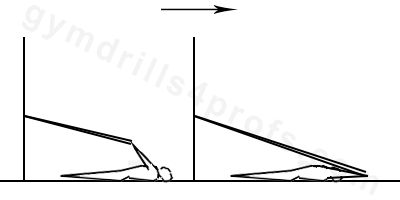
Hook an elastic band on one of the Swedish wall rails. Have the gymnast grab both ends of the elastic and lay back with their feet in front of the wall. The gymnast should be far enough away that they feel resistance from the bands. With straight arms, the gymnast should pull back on the elastic and hit the floor above their heads. Their back should remain on the ground at all times. This should be repeated several times.
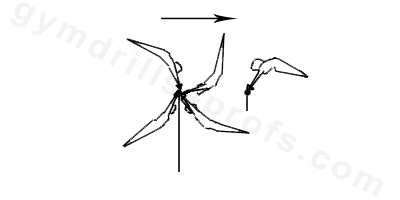
Have the gymnast perform a front swing with an early tap. In the front swing, the gymnast should push back on the bar and arch their body from their shoulders and hips. Return back with a regular back swing or with a hecht swing.
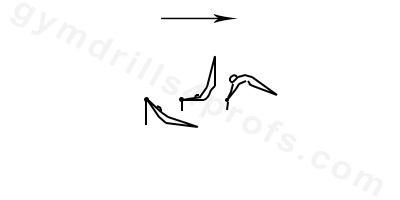
When the gymnast gains enough experience with the straps, they should move to the actual bar with grips. Start from swings and then eventually move to a giant reverse Hecht.
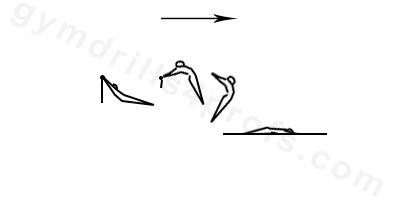
Perform a front swing with an early tap. During the front swing push back the bar, arch the body from the shoulders and hips in order to execute the release. During the flight open the legs, pass through the straddle, and at the end of the move unite them. Land flat on the belly in the foam pit.
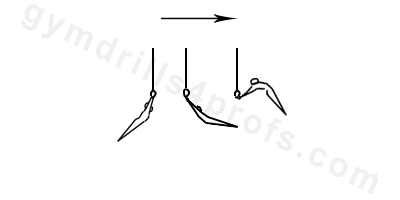
When the gymnast obtains enough experience with the high bar drill, they should move to the rings. At the moment of the hip kick, the back should be relaxed. It will give potency to the kick.
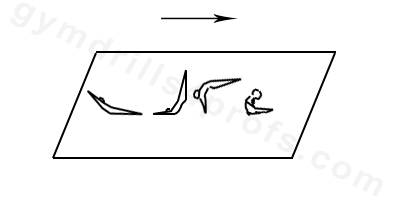
Start this drill on the trampoline with a backward roll. When the arms reach the trampoline, push back strongly on the surface in order to reverse the move. Arch from the hips and the shoulders until the body is completely upright. During the flight, the legs should be cycling through a straddle. The drill finishes when the gymnast reaches the trampoline on their belly.
Integral part of gymnastics coaching process are skill drills. They help gymnasts to learn easier and technically correct. With GYM DRILL PRO you will find variety of ideas for the most the basic gymnastics skills. There are plenty of images with skill drill progressions. It is intended to support explicitly the qualified coaches in their daily coaching business. DO NOT practice without the guidance of proper professionals.